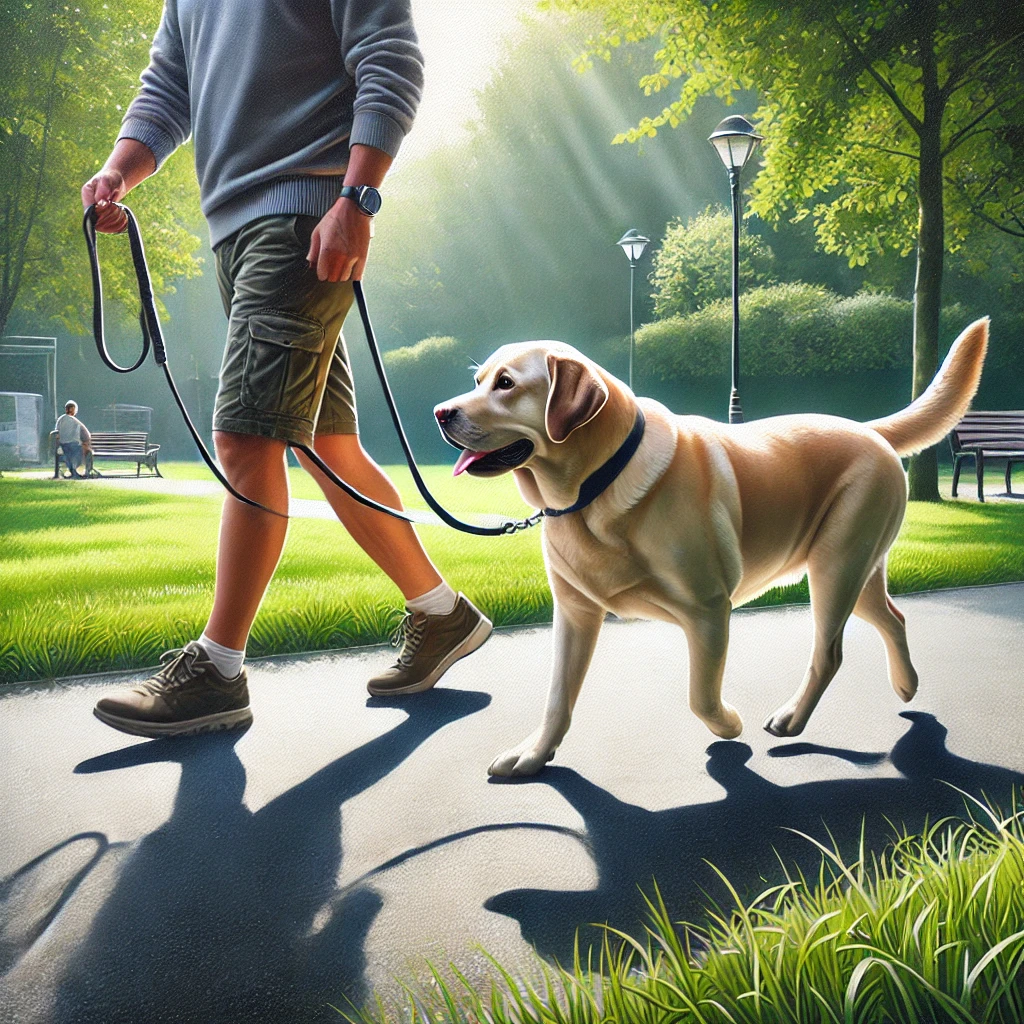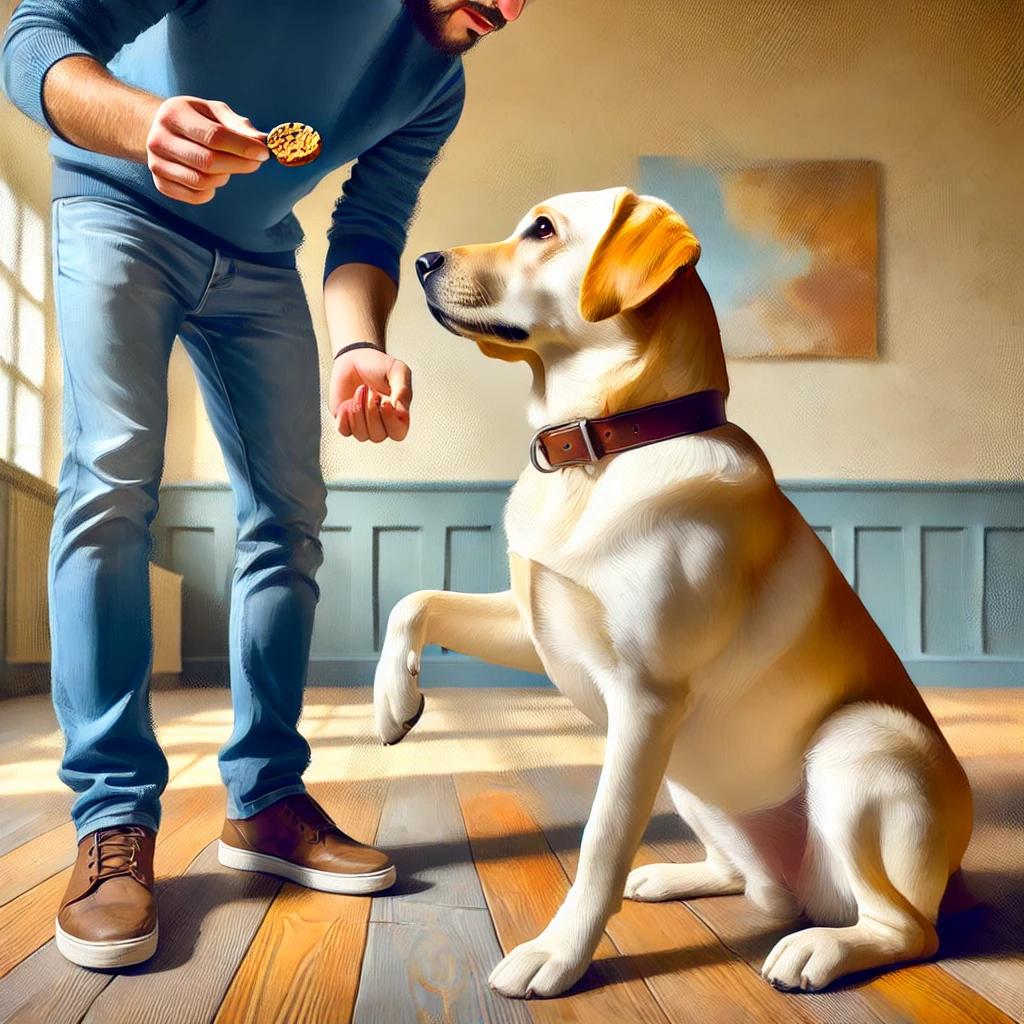Labrador Retrievers are known for their intelligence, eagerness to please, and friendly demeanor, making them one of the easiest breeds to train. With the right approach, you can teach your Labrador good behavior and fun tricks while building a strong bond. Here’s a simple guide to get you started.
Start Training Early and Keep It Short
The best time to begin training your Labrador is during puppyhood, between 8 to 12 weeks of age. At this stage, they are curious and open to learning new things. Start with basic commands like “sit,” “stay,” and “come.” Keep training sessions short (10-15 minutes) to match their short attention span.
Basic Commands to Teach First
- Sit: Use a treat to guide your Labrador into a sitting position. Reward immediately when they follow the command.
- Stay: Start with short durations, gradually increasing the time. Use a hand signal for consistency.
- Come: Practice this command in a safe, enclosed area, rewarding your dog each time they respond.
Use Positive Reinforcement Techniques
Labradors respond exceptionally well to positive reinforcement. Reward good behavior with treats, praise, or playtime. Avoid punishment or harsh training methods, as they can cause fear and confusion. Instead, focus on encouraging the behaviors you want to see more of.
Types of Rewards to Use
- Treats: Small, tasty treats work best for training sessions.
- Praise: A cheerful tone and verbal praise go a long way.
- Play: Use toys or a quick game as a reward for good behavior.
Consistency is Key to Success
Consistency is vital when training any dog, especially a Labrador. Use the same commands every time and make sure all family members use the same words and cues. For example, if you use “down” for lying down, don’t switch to “lie down” later. This helps your Labrador understand what is expected of them.
Socialize Your Labrador for Better Behavior
Labradors are social animals and need exposure to different environments, people, and other animals. Take your Labrador to puppy classes, dog parks, and various outings. Socialization helps prevent behavioral issues like fear and aggression, making your dog well-adjusted and confident.

Leash Training for a Well-Behaved Walk
Leash pulling can be a common issue with Labradors due to their strength and excitement. Begin leash training early by teaching your dog to walk beside you without pulling. Use treats and positive reinforcement to encourage loose-leash walking. If they pull, stop walking and only continue once the leash is slack.
Loose-Leash Walking Tips
- Stop immediately if your dog starts pulling.
- Reward your dog when the leash is loose.
- Practice in a quiet area before progressing to busy streets.
Master Basic Obedience Commands
Basic commands like “sit,” “stay,” “come,” and “leave it” are essential for a well-behaved Labrador. Start with simple commands and gradually increase the difficulty as your dog masters each one. Consistent practice helps reinforce these commands and ensures your Labrador listens in any situation.
Incorporate Mental Stimulation for a Happy Dog
Labradors are highly intelligent and need mental challenges in addition to physical exercise. Incorporate puzzle toys, training games, and new tricks to keep their mind engaged. Mental stimulation helps prevent boredom and destructive behaviors like chewing.

Patience and Fun Are Essential
Training a Labrador requires patience, especially if they are still puppies. Stay calm and never rush the process. Make training sessions fun by incorporating games and playtime. Labradors love interacting with their owners, and keeping it enjoyable strengthens your bond.
Crate Training for Safety and Comfort
Crate training helps provide a safe space for your Labrador while also aiding in housebreaking. Make the crate a positive place by adding soft bedding and treats. Gradually increase the time your dog spends in the crate, using it as a safe haven rather than a punishment.
Conclusion
Training your Labrador Retriever is a rewarding experience that strengthens the bond between you and your dog. By using positive reinforcement, consistency, and patience, you’ll raise a well-behaved, happy Labrador that’s a joy to be around. Enjoy the process, and watch as your dog blossoms into a loyal, obedient companion!



